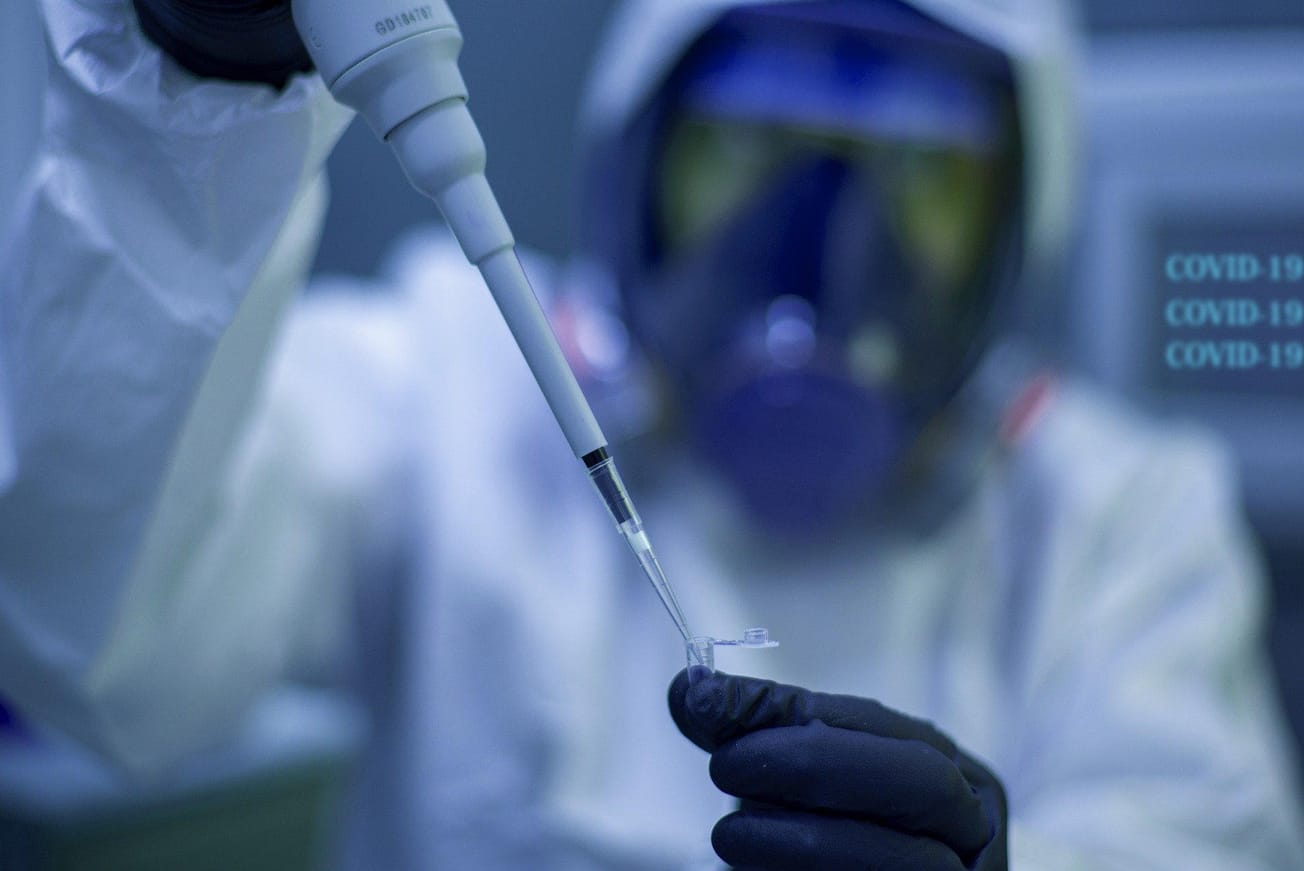SciTechDaily reported on Sept. 16 a study done a year ago by a Medical University of Vienna “research team led by allergologist and immunologist Rudolf Valenta from the Center for Pathophysiology, Infectiology and Immunology.” Their study found that the crucial immune protection that prevents the virus from docking and invasion of the body’s cells only occurs when a person is able to form specific antibodies against the folded receptor binding domain (RBD) of the spike protein. This docking site does not change significantly with mutations of the virus. However, some people are unable to do this for various reasons. An antigen-based vaccine targeting RBD could provide a solution, but such a vaccine is not yet available. The study was published in the leading journal Allergy,” wrote an Aug. 30 press release from the Medical University of Vienna (https://www.meduniwien.ac.at/web/en/ueber-uns/news/2021/news-im-august-2021/immunitaet-gegen-sars-cov-2-andockstelle-des-spikeproteins-ist-die-achillesferse-des-virus/)
The research was sparked by an earlier investigation that showed that about 20% of those who recover from COVID-19 didn’t develop the immune protection from SARS-CoV-2. The team of Rudolf Valenta and Winfried F. Pickl from MedUni Vienna’s Center for Pathophysiology, Infectiology and Immunology conducted the research. “The study used microarray (chip) technology developed at MedUni Vienna, in which a large number of viral antigens are applied to a microscopic chip by a robotic spotting machine. In addition, overlapping protein fragments (peptides) of these viral antigens were fixed onto the chip, covering the entire spike protein on which the receptor binding domain (RBD) is located. This is the domain with which the SARS-CoV-2 virus binds to the ACE2 receptor of human cells,” the release stated.
A protein starts out as a single chain of amino acids, which then begin to link up by various chemical bonds to form helices, which in turn fold upon themselves, creating a 3-D folded structure. It is only when the protein is folded correctly that it becomes biologically active; improperly folded proteins can become toxic and produce diseases.
“The researchers expected to see an immune response to the peptides, but antibodies were exclusively formed against the intact, three-dimensionally folded spike protein. Proteins acquire their three-dimensional shape through the physically induced process of protein folding. It now appears that the SARS-CoV-2 virus needs the three-dimensionally folded protein to dock onto the body’s cells. Only an antibody response against the folded protein, but not against parts of it, protects against infection.
“This leads to one major conclusion: high antibody levels against the folded spike protein, and especially against the RBD it contains, prevent the virus from binding to human cells....The researchers also showed that only the folded RBD, but not unfolded RBD, generates immune protection upon immunization…..
“Valenta explains: ‘We urgently need to develop an RBD-based antigen vaccine which is engineered to overcome the RBD non-responsiveness. This vaccine would be highly effective in inducing RBD-specific and thus neutralizing antibodies, whose levels could be kept high by booster vaccinations. In this way we could also exploit the “Achilles’ heel” of the virus, whose docking site does not change significantly with mutations.’”





